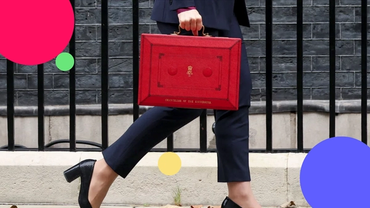Five quickfire ways to reduce your tax bill
By Boring Money
8 April, 2024
They say there’s only two things in life that are certain: death and taxes. While we can’t help you with the former, there are plenty of things you can do to save on tax so you’re not landed with a nasty surprise on your tax bill at the end of the year!

If you haven't already, there’s no time like the present to start your tax hacking project and save yourself some money. Even if you don’t have a spare bean to your name, read on as there may still be a few (legal!) wheezes open to you to shuffle stuff around and minimise your tax bill.
1. Make sure your tax code is correct
This is the quickest and most important way to check that you’re paying the right amount of tax. Your tax code tells HMRC how much tax to deduct from your salary. You can typically find it near your National Insurance (NI) on your PAYE payslip, as well as on the P60 you get at the end of the tax year and on your P45 if you change jobs. Tax codes are made up of a combination of letters and numbers - 1257L is currently used for most people. The gov.uk website has a handy breakdown of what the letters and numbers in your tax code mean that you can read here.
It’s important to check your tax code is correct every year and after you change jobs to make sure it’s appropriate for your circumstances, otherwise you could find that you’re paying more (or less) tax than you need to! You could be entitled to a refund for having overpaid tax in the past, for example. If you think your tax code could be wrong, you should contact HMRC either by phone – 0300 200 3300 – or online. It’s up to you to make sure your tax code is correct, so keep an eye on it and inform HMRC if you see any errors.
2. Pay into your pension for tax relief
Did you know you get tax relief when you pay into your pension? The government gives you tax relief in the form of a top-up when you pay into your pension. The amount you get depends on your usual tax bracket. See the table below for a breakdown of how the tax relief rates work and how much it would actually cost you to put £1,000 in your pension.
Tax Bracket | Pension Tax Relief | Example |
Basic rate | 20% | Your contribution = £800 / Tax relief = £200 |
Higher rate | 40% | Your contribution = £600 / Tax relief = £400 |
Additional rate | 45% | Your contribution = £550 / Tax relief = £450 |





